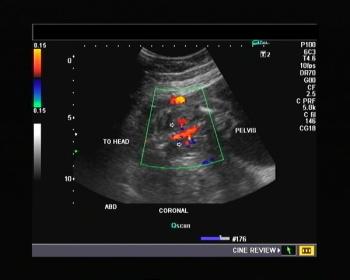
Human papillomavirus (HPV) detection among older patients may be due to reactivation of the virus, not a new acquisition, according to new research. This fact, as well as the aging of the baby boomer generation-the first generation to have experienced the sexual revolution of the 1960s and 1970s-means that perimenopausal women who are found to have HPV may have acquired it years before.
